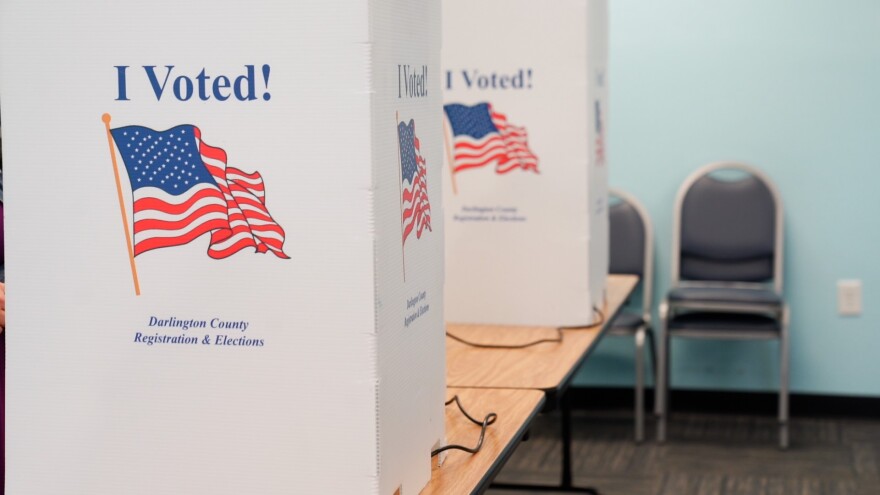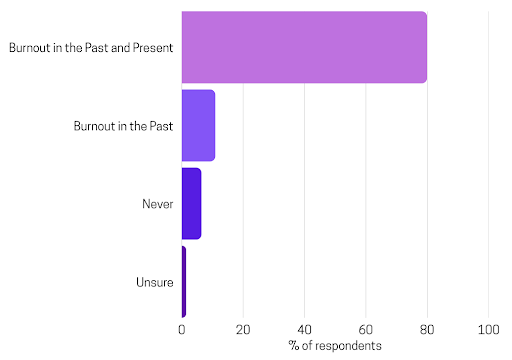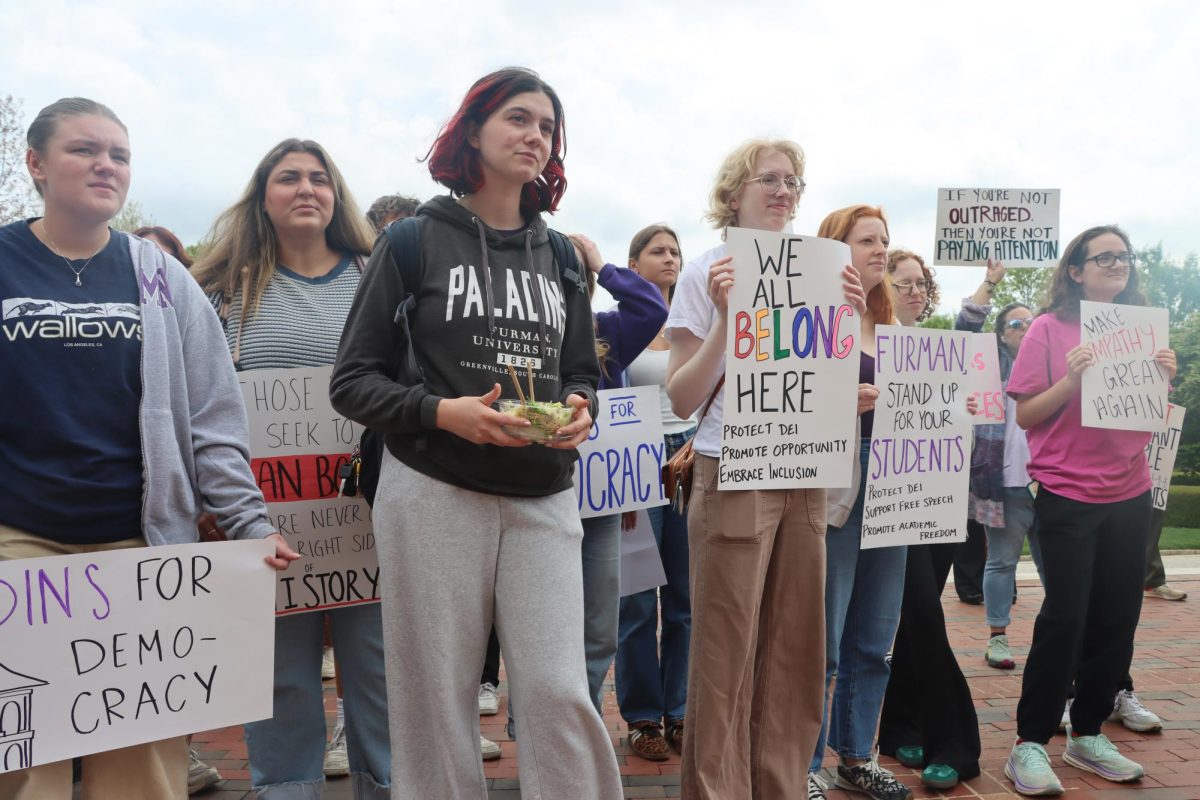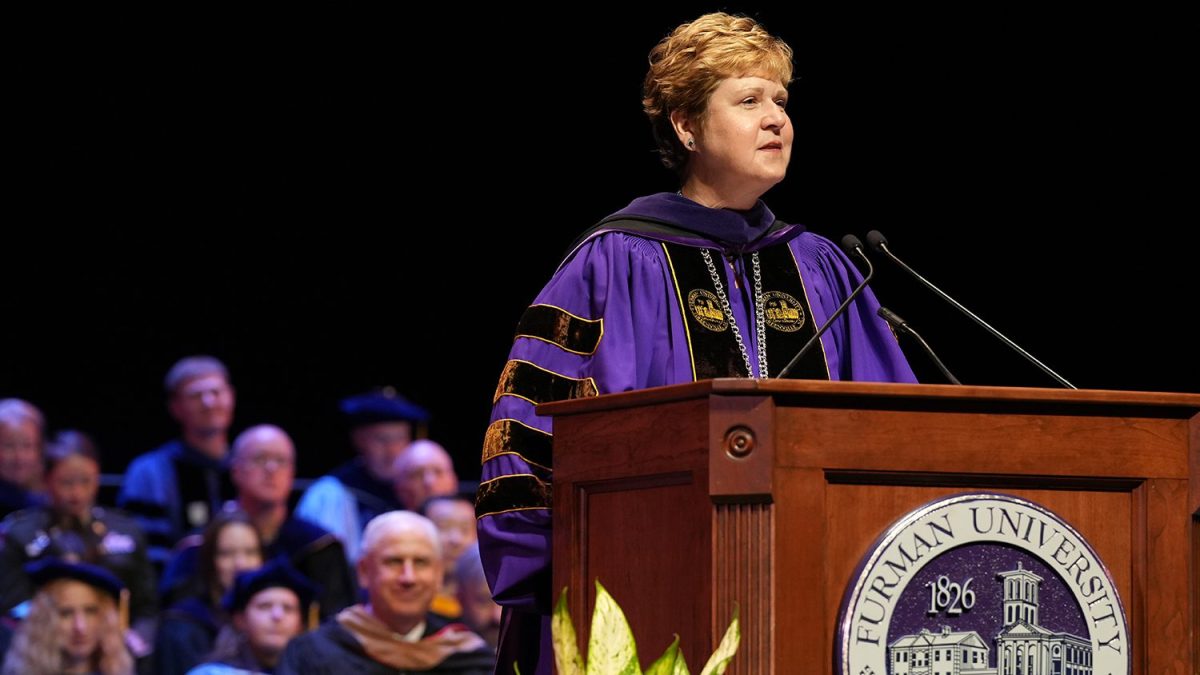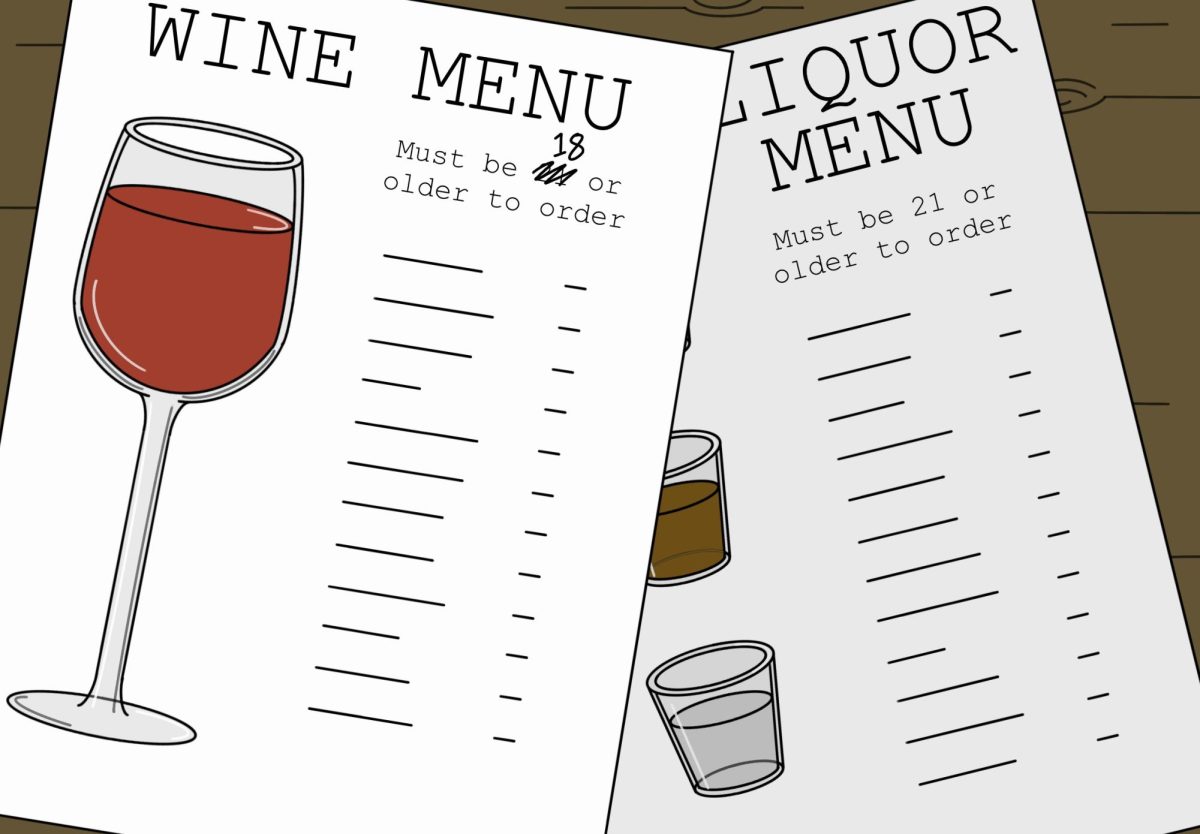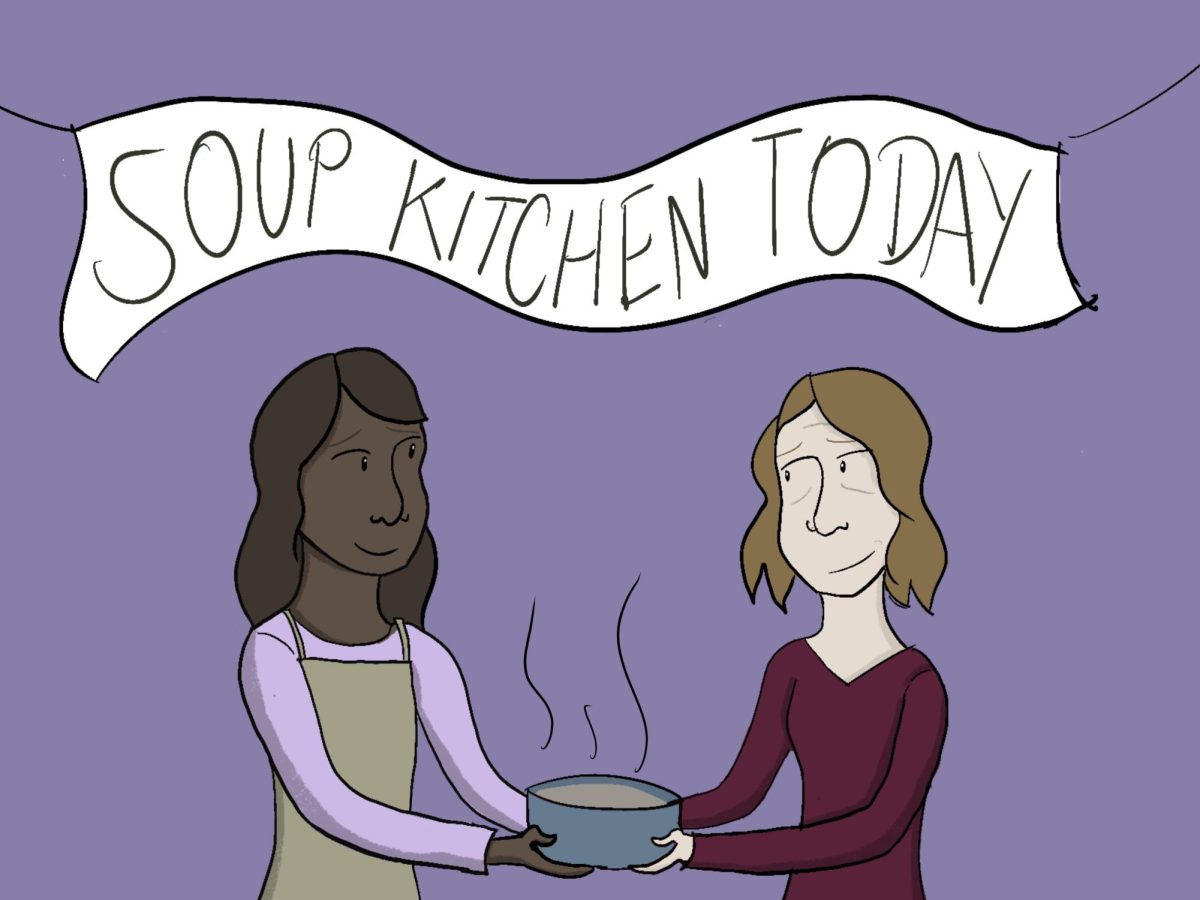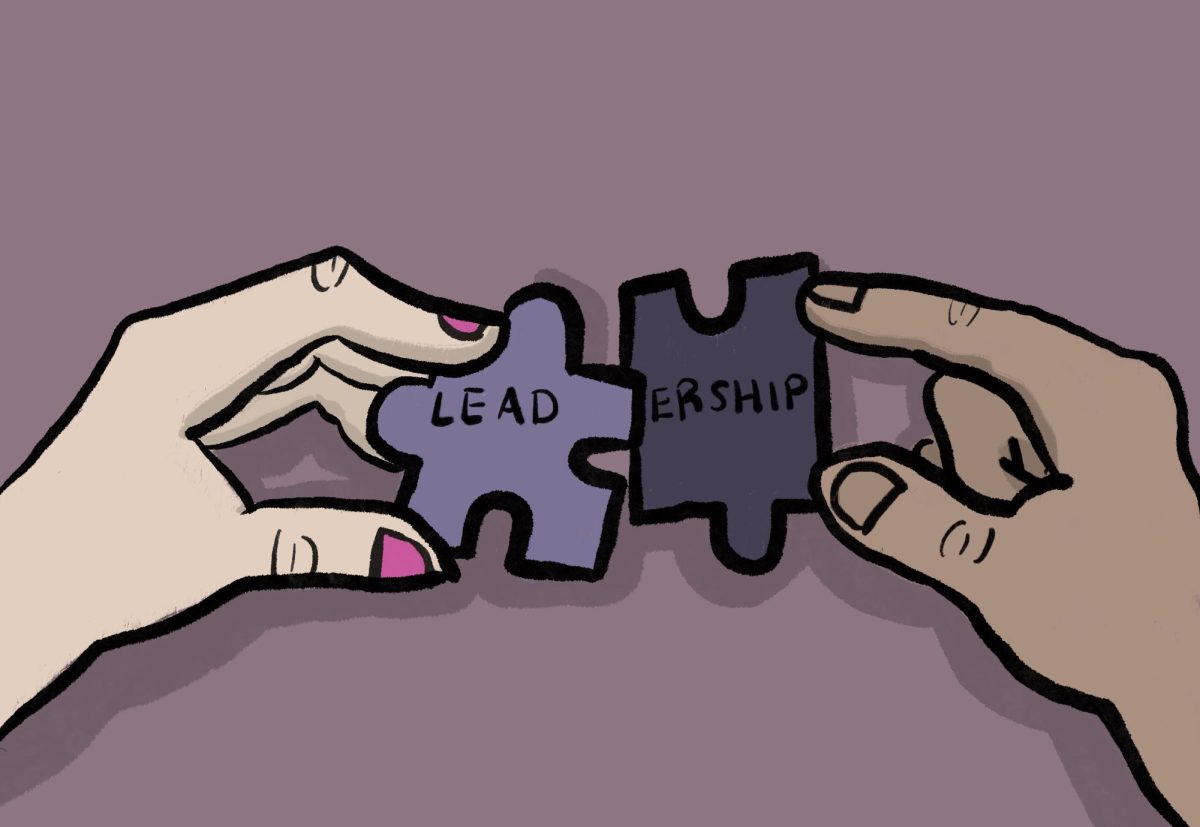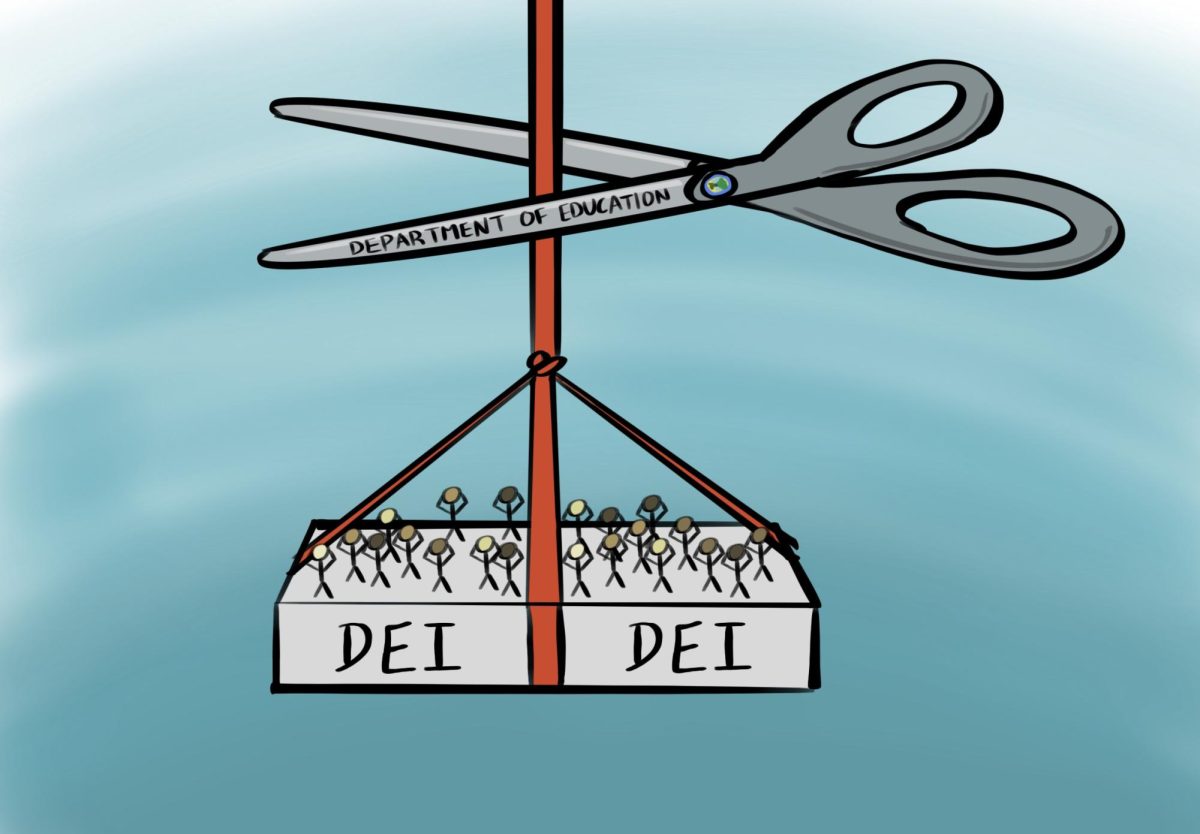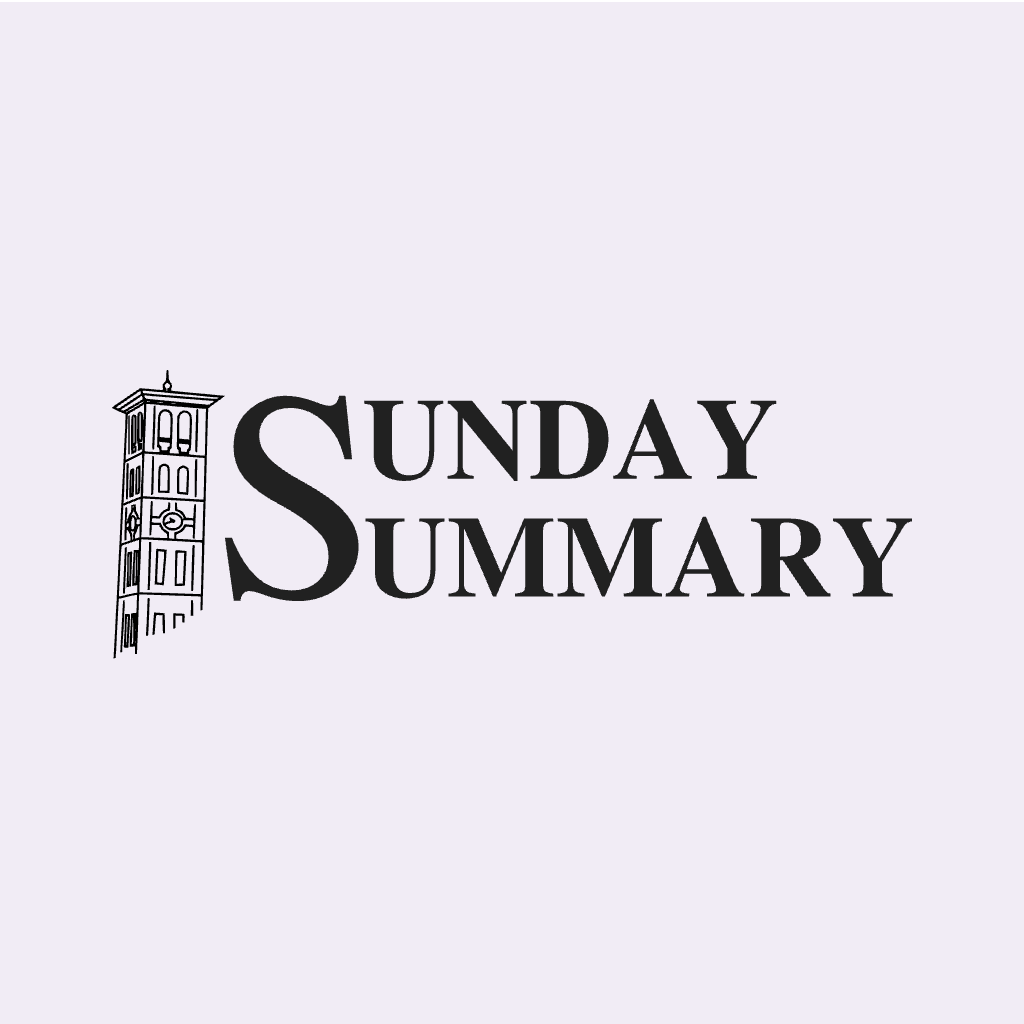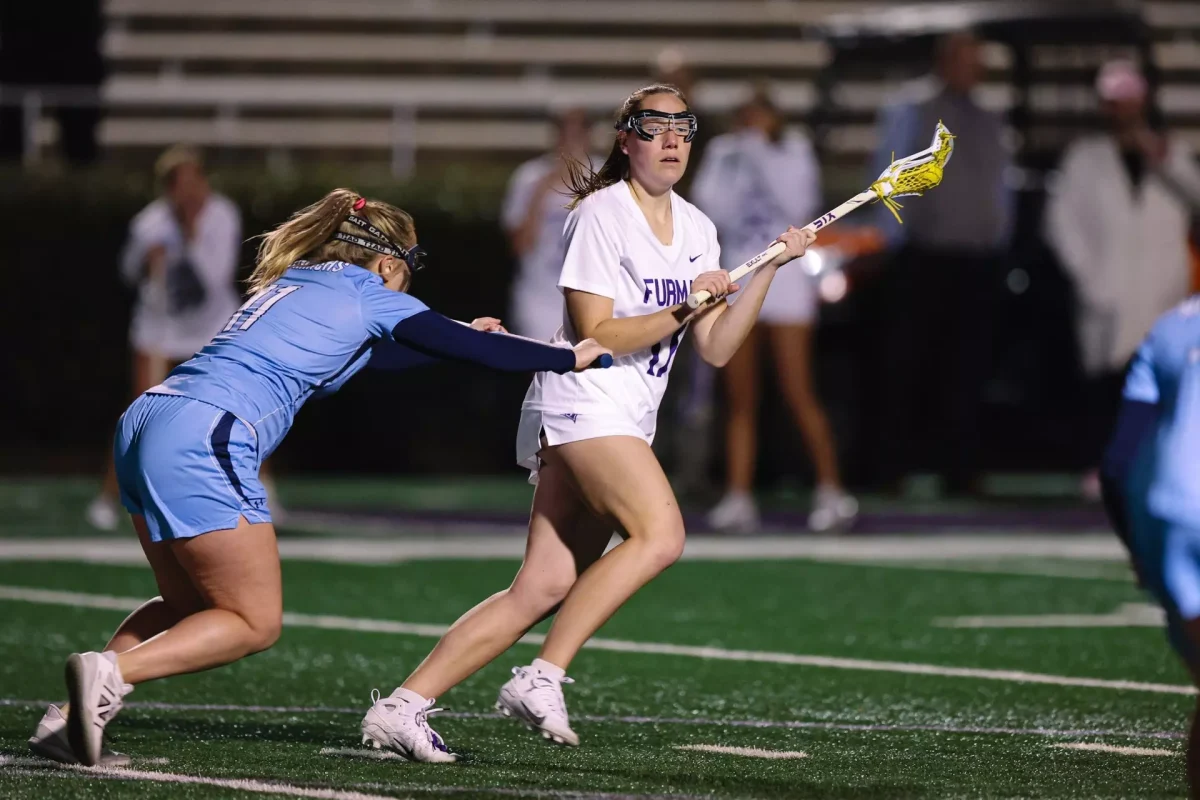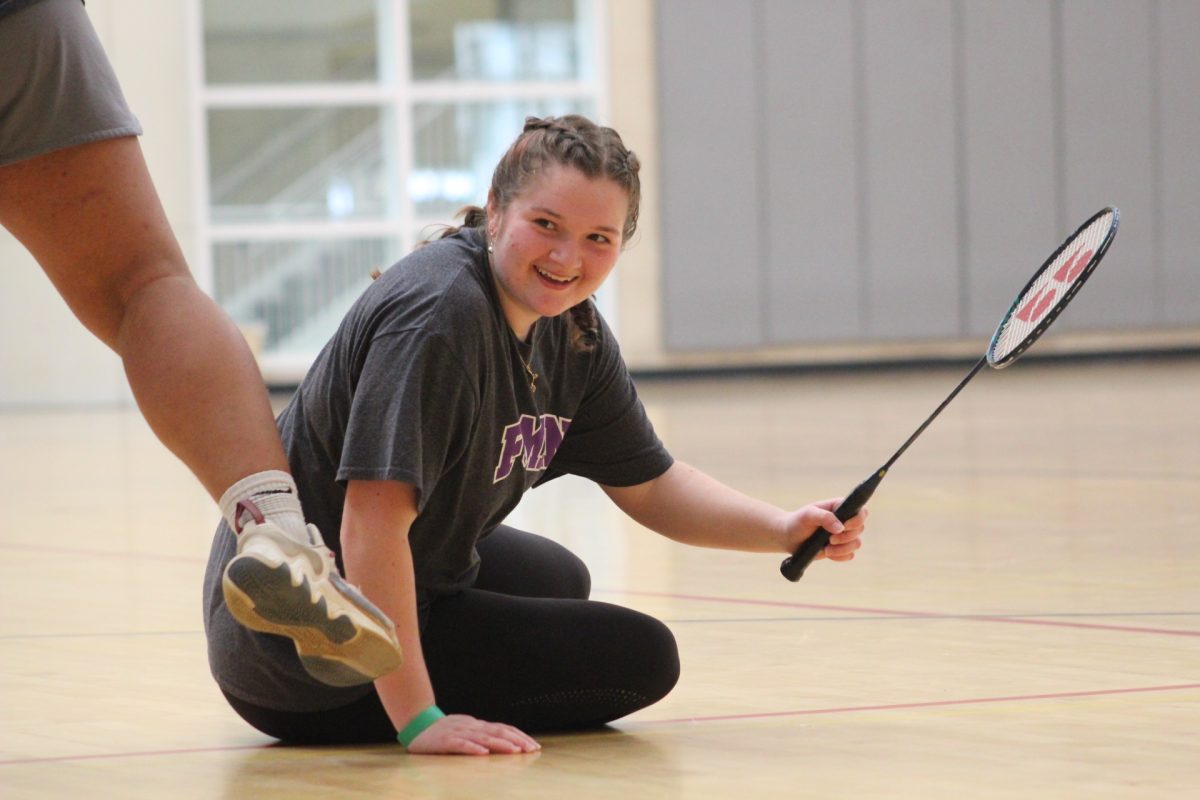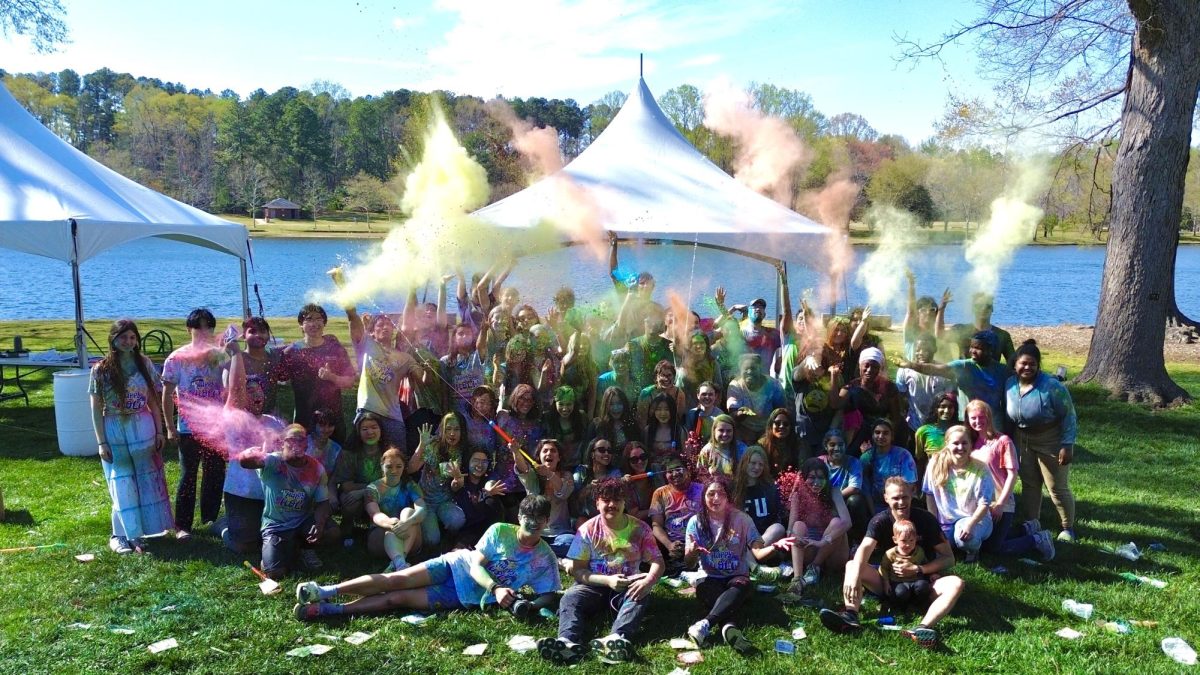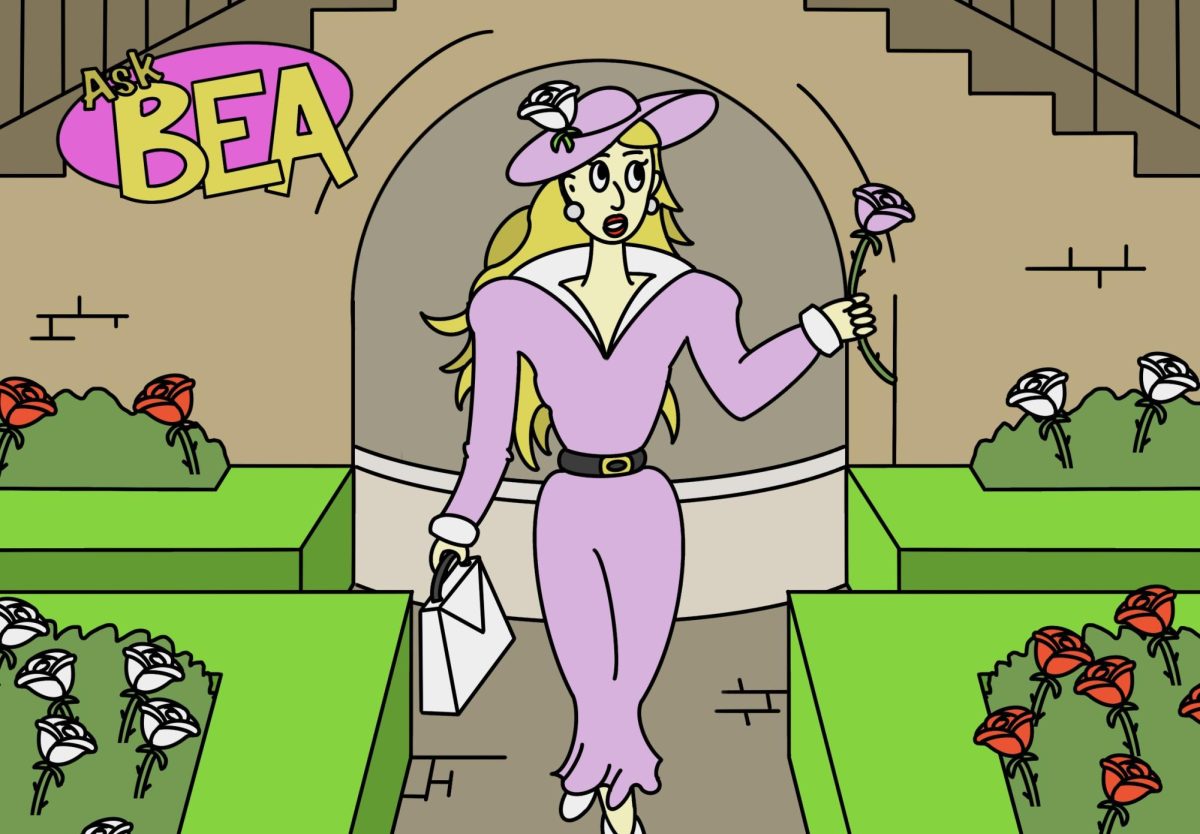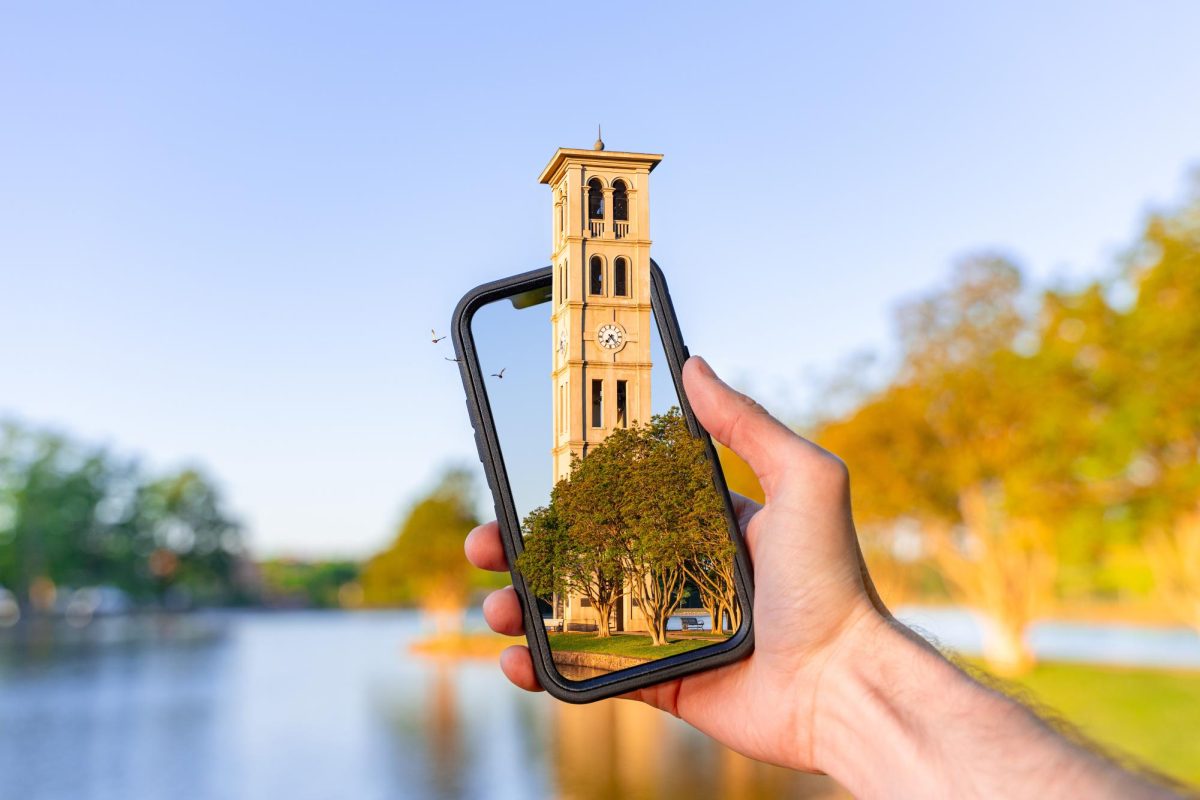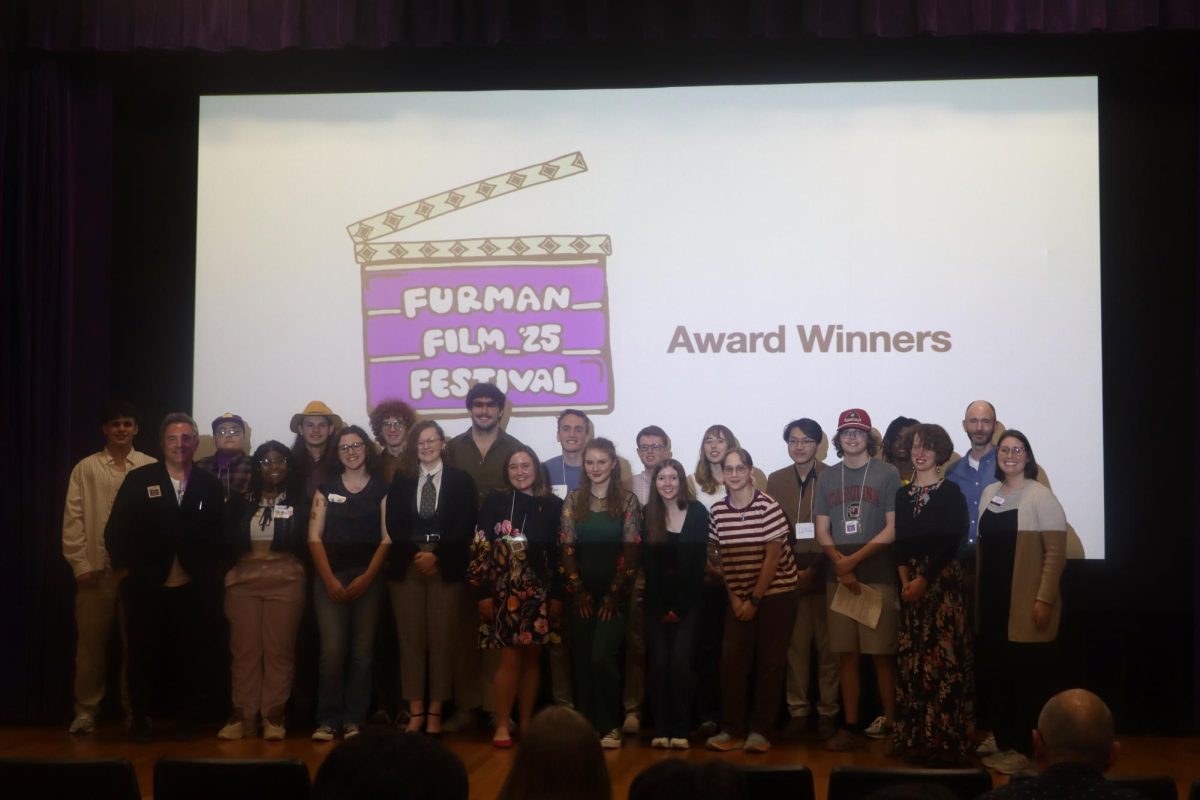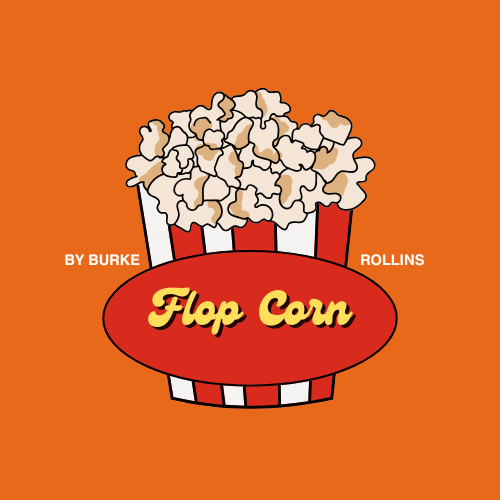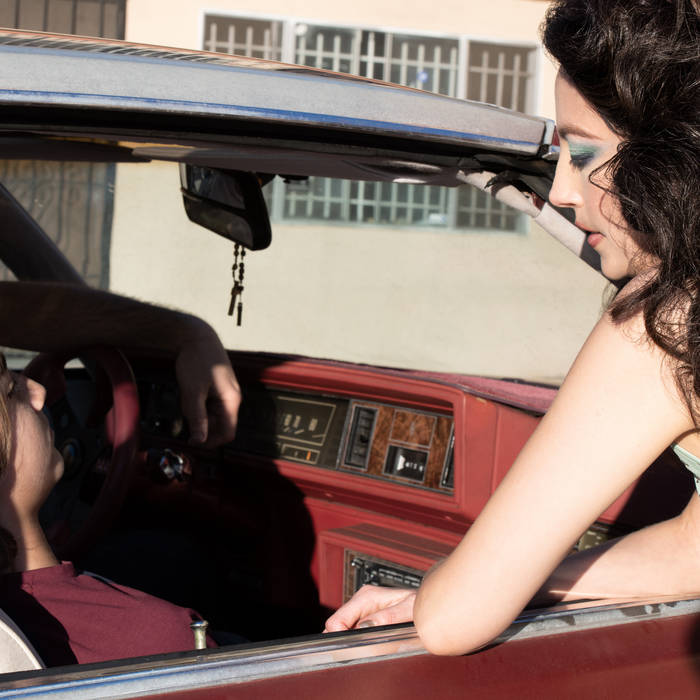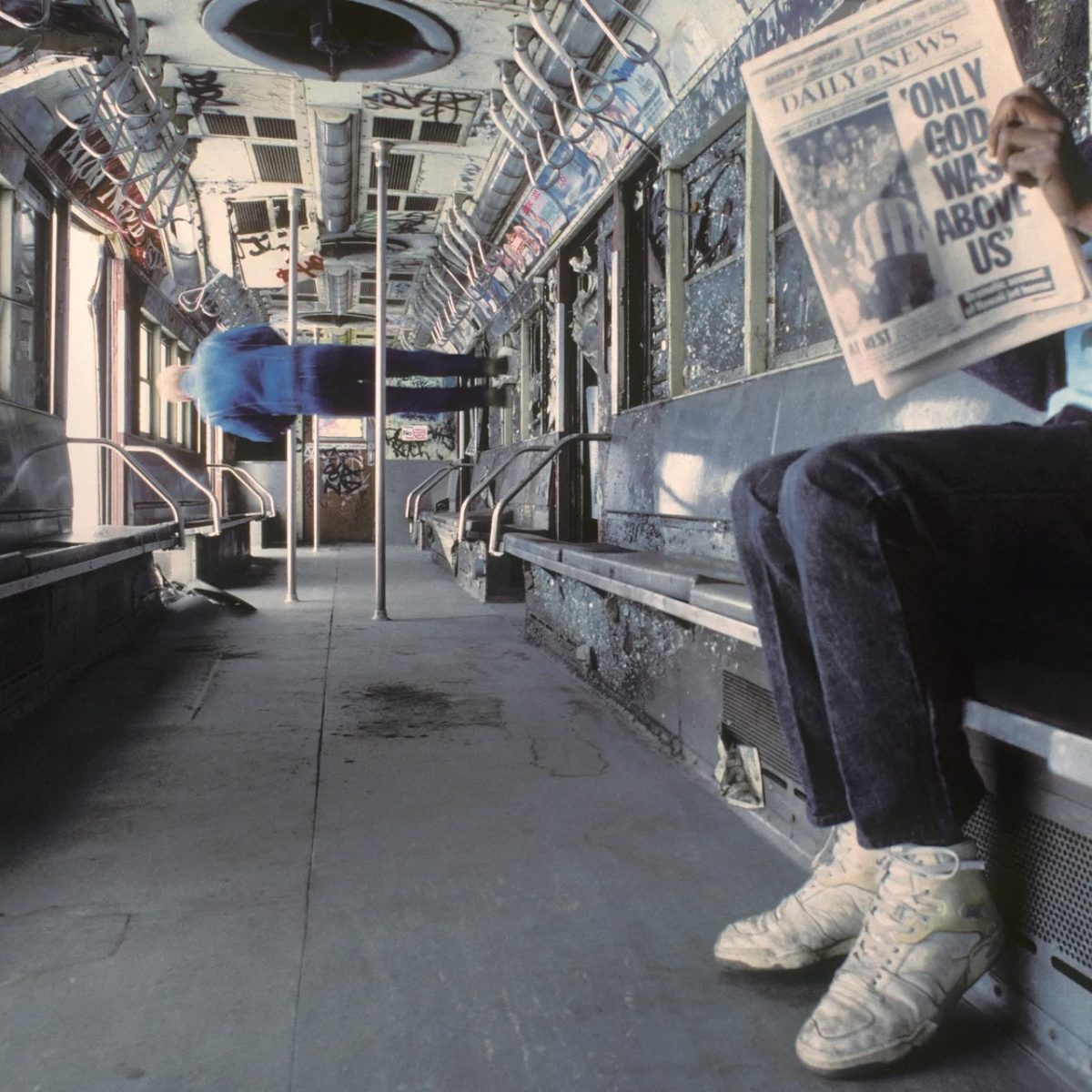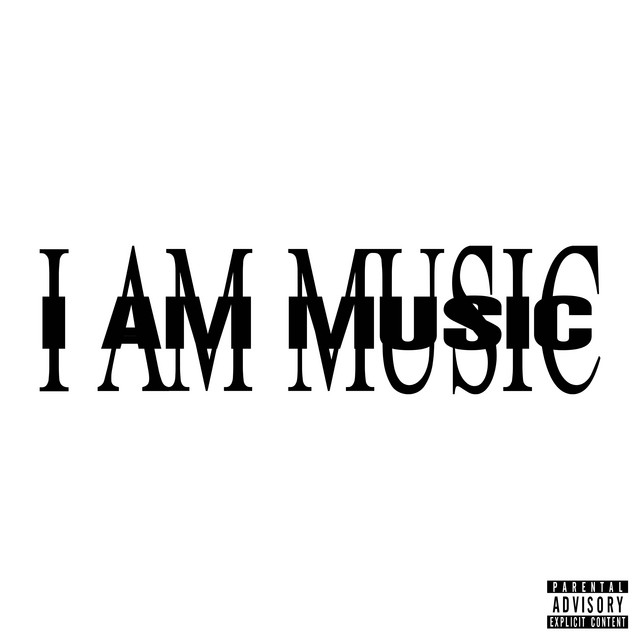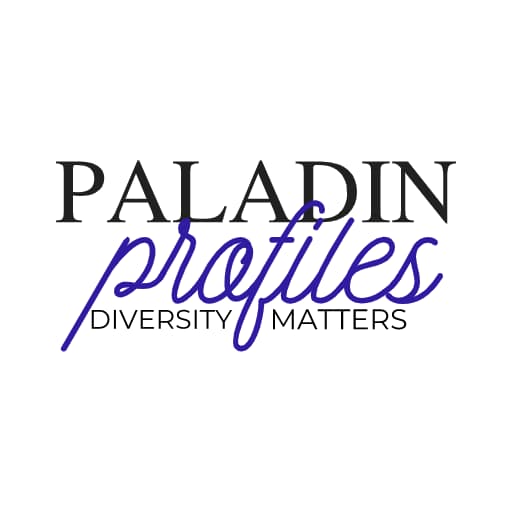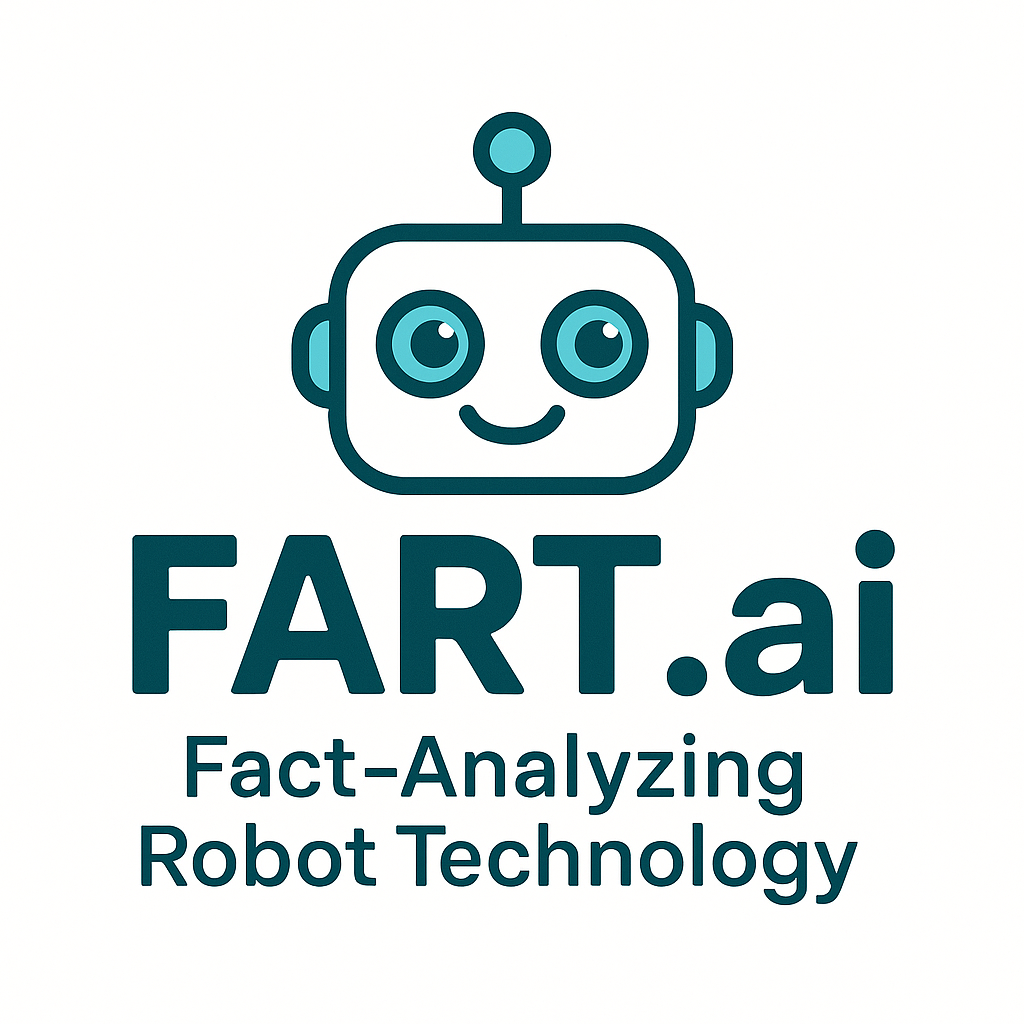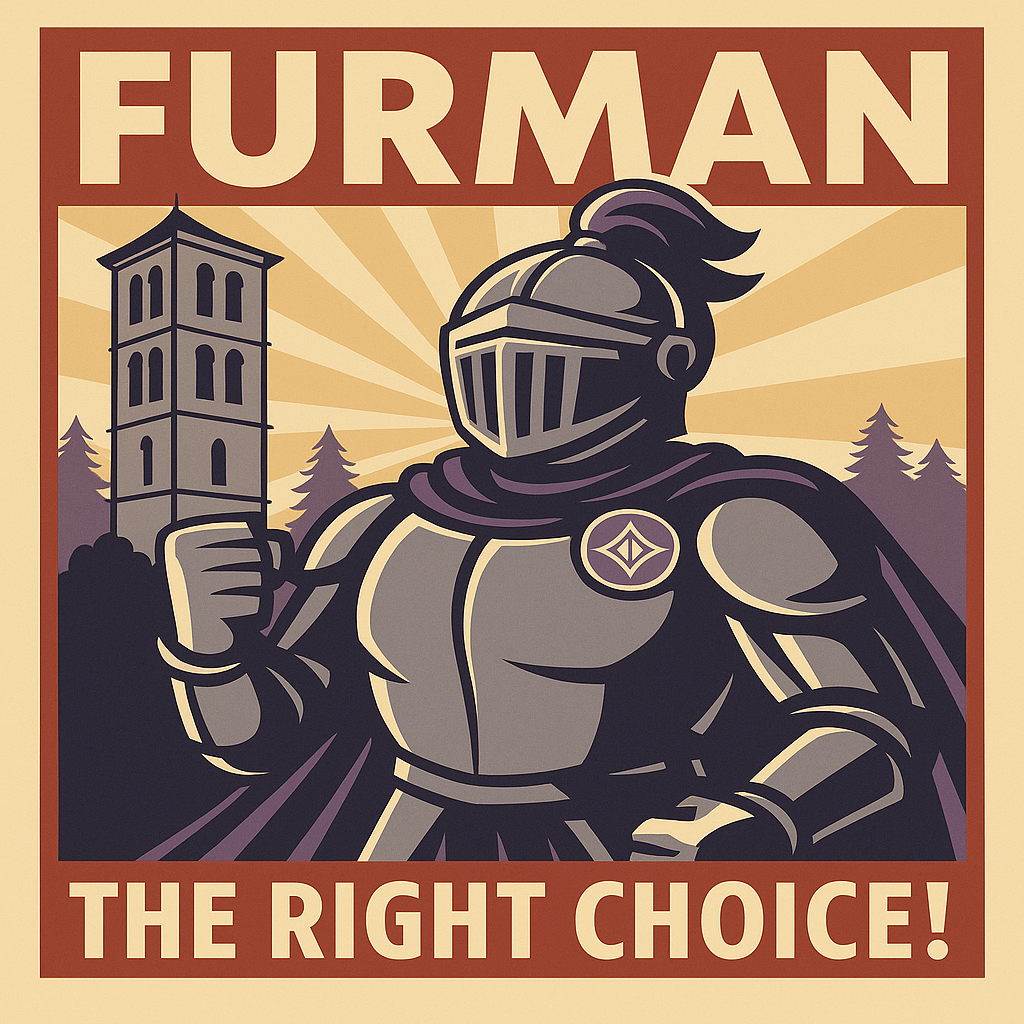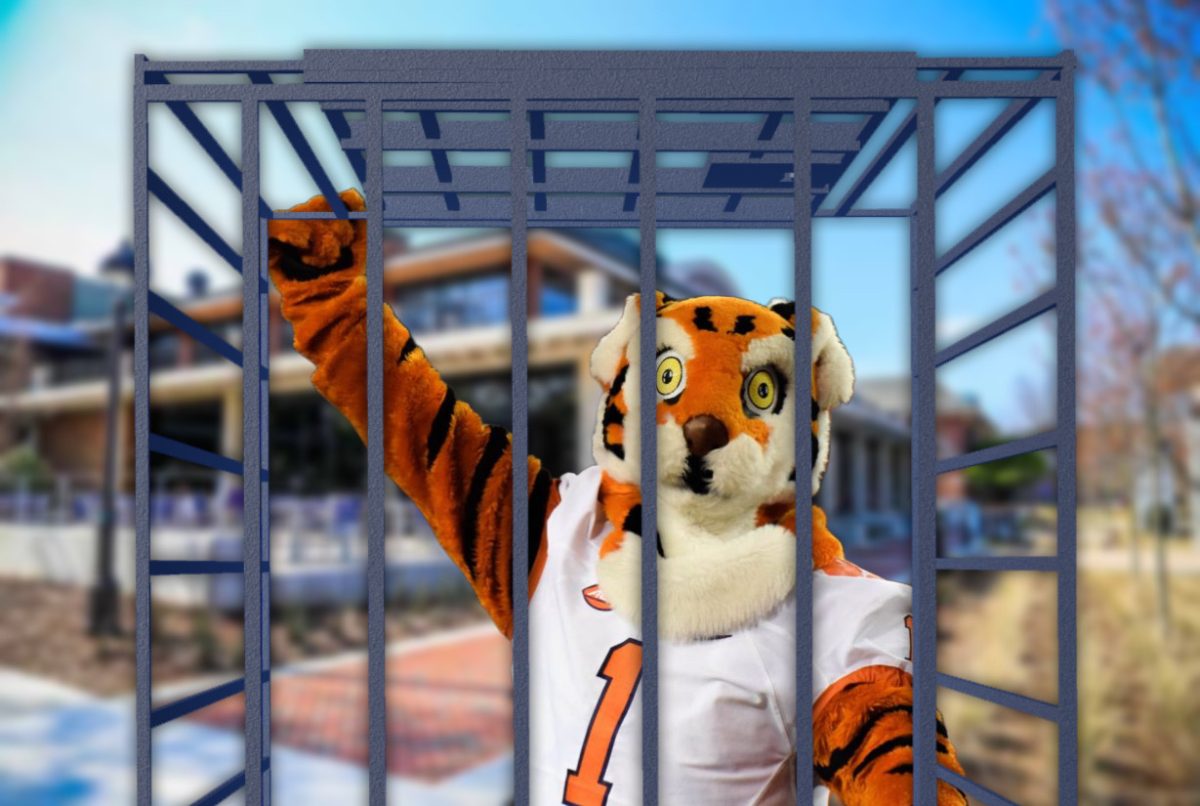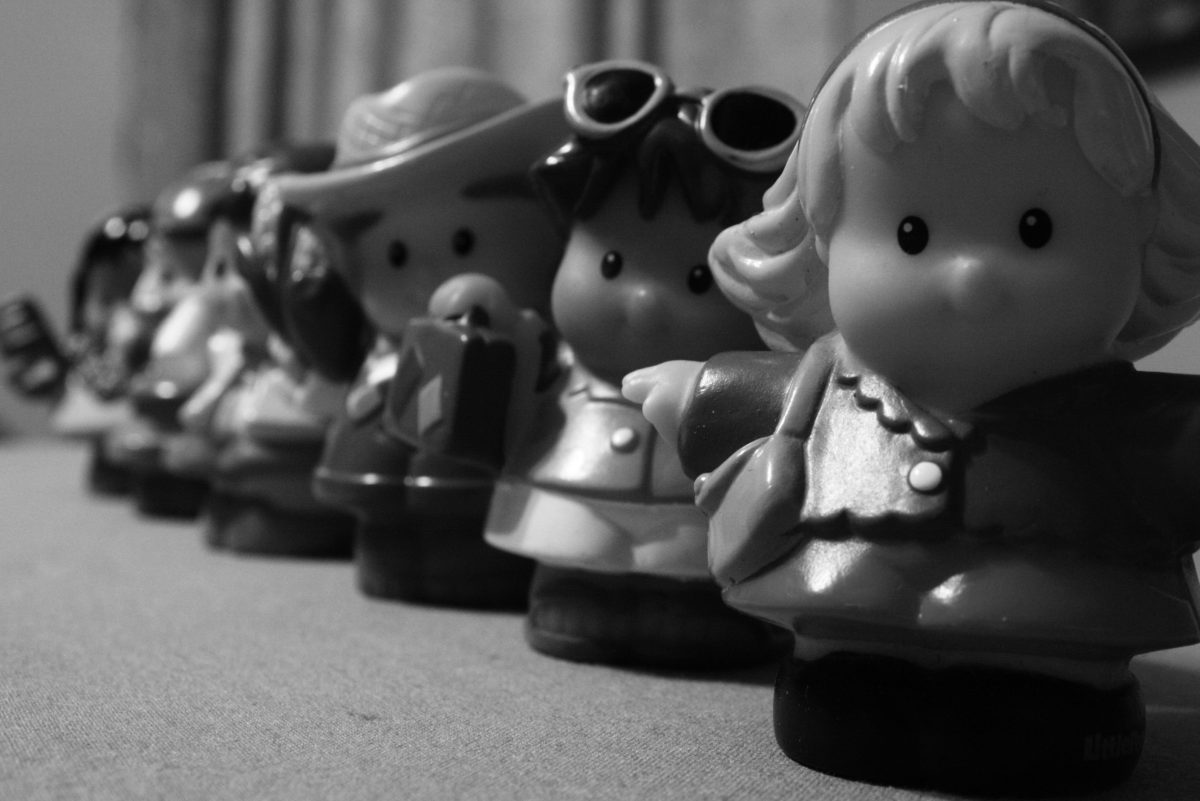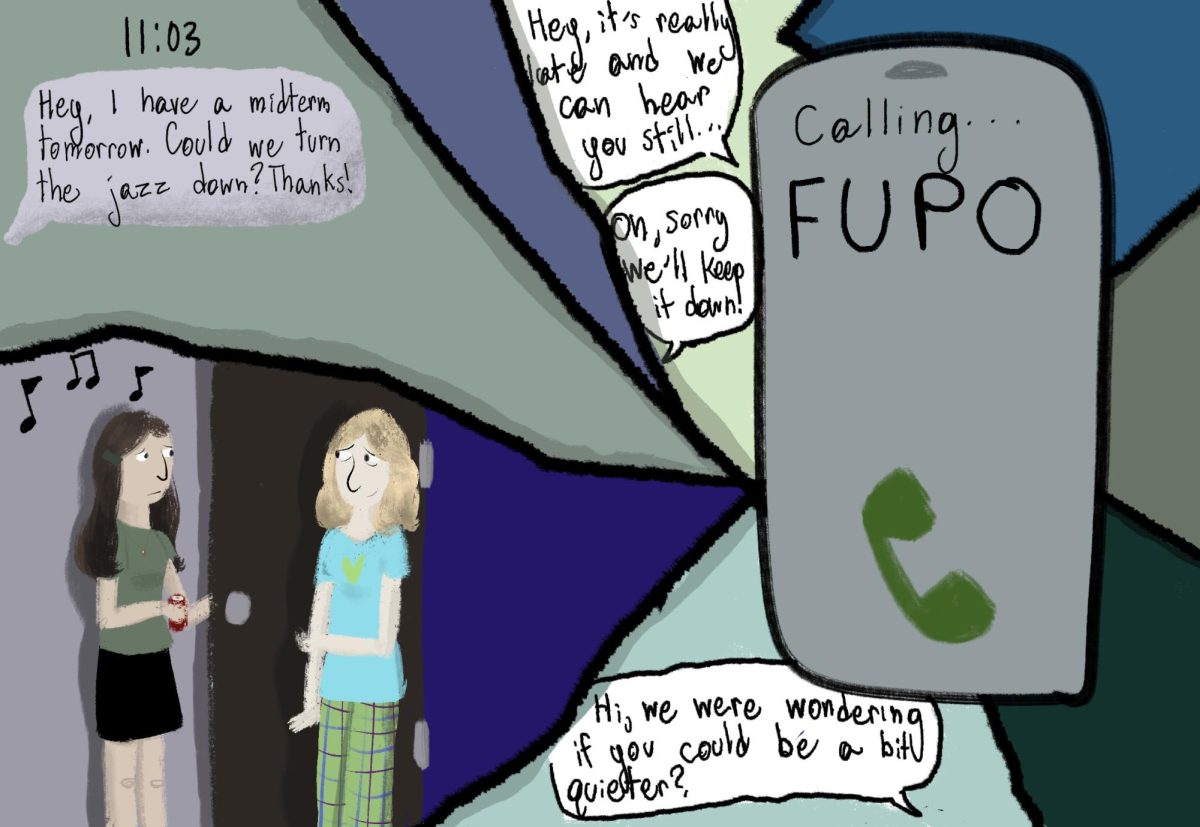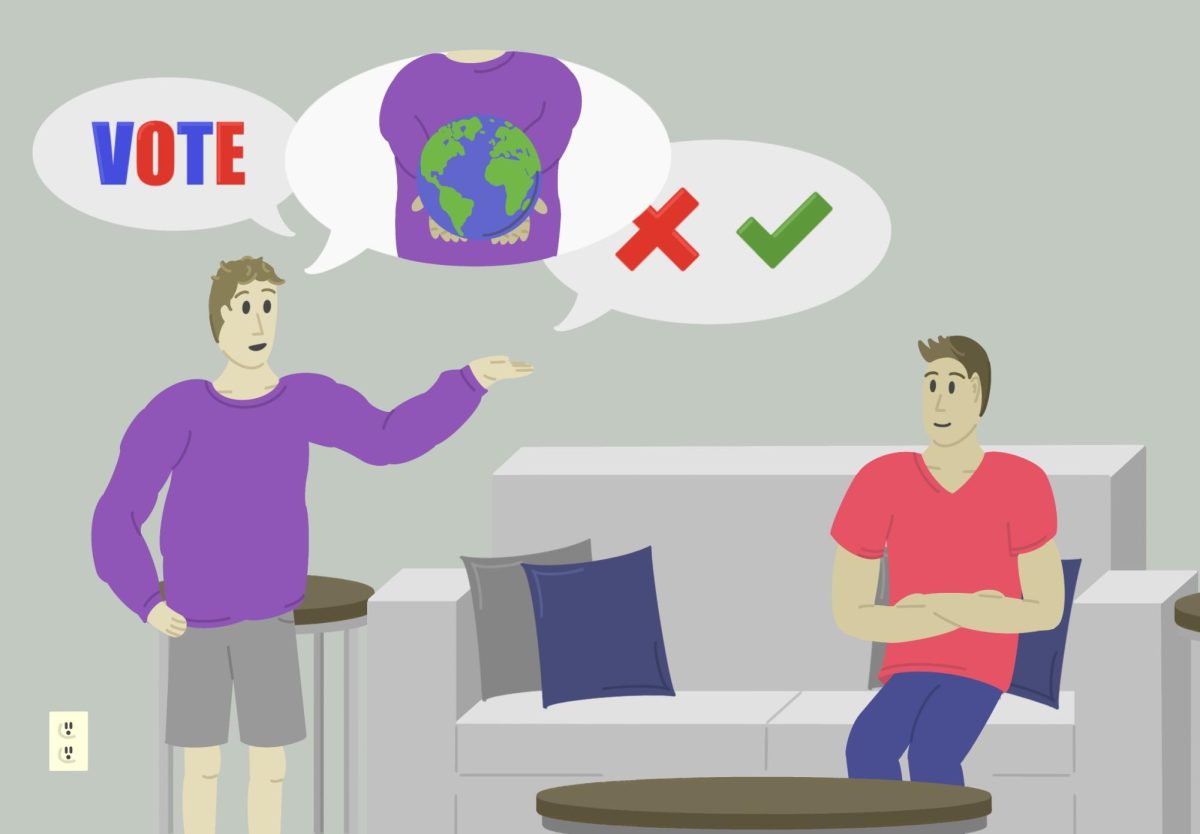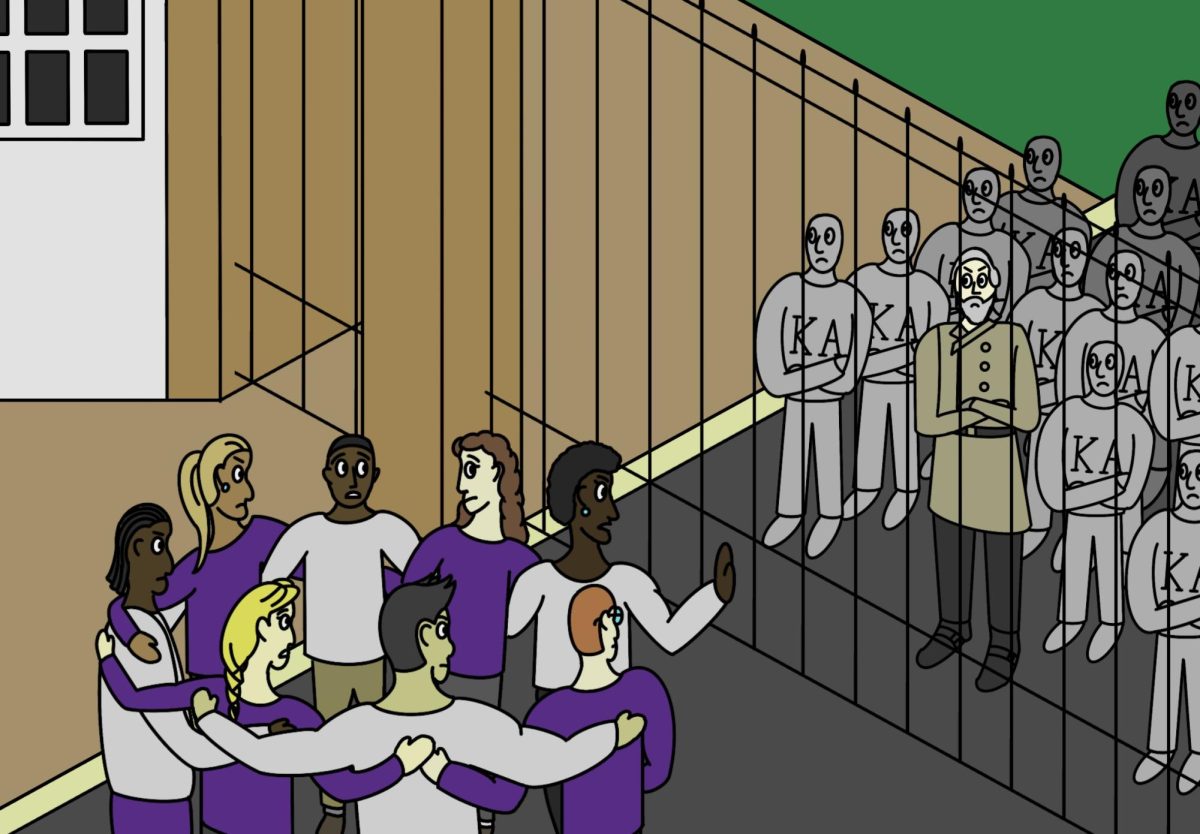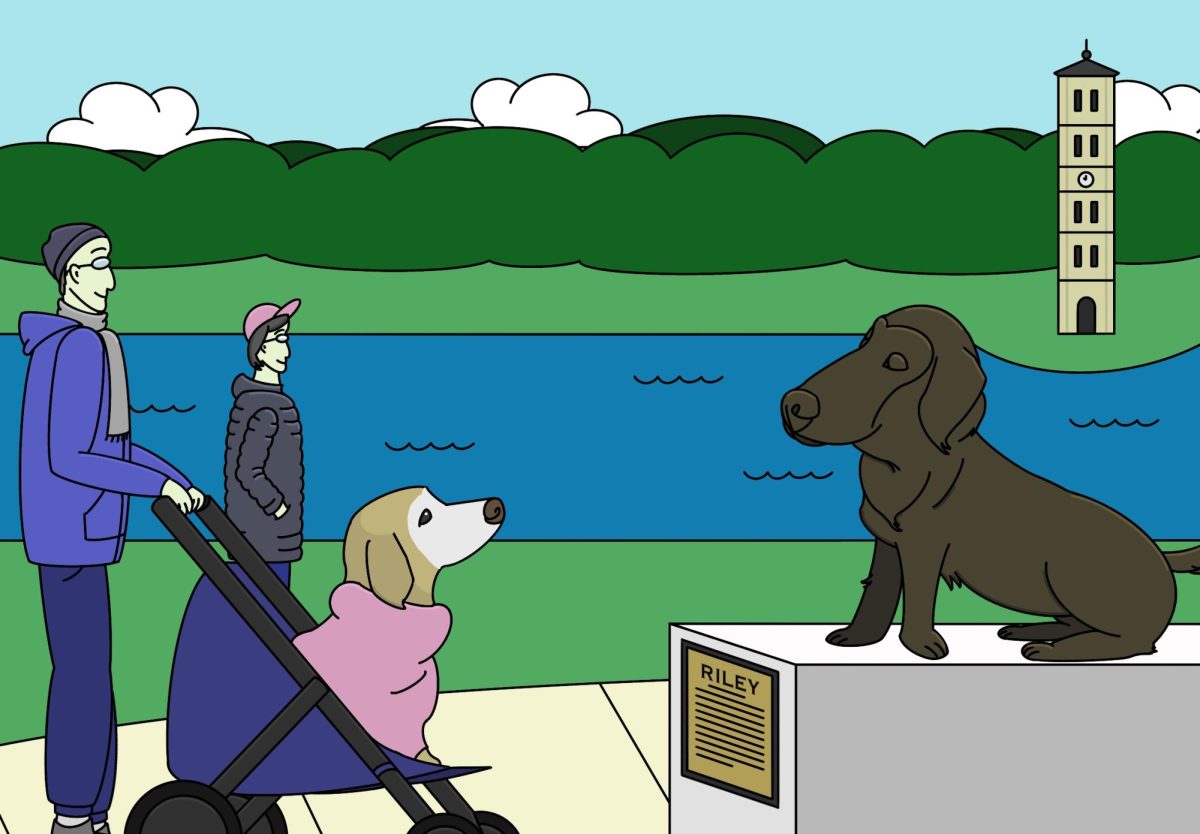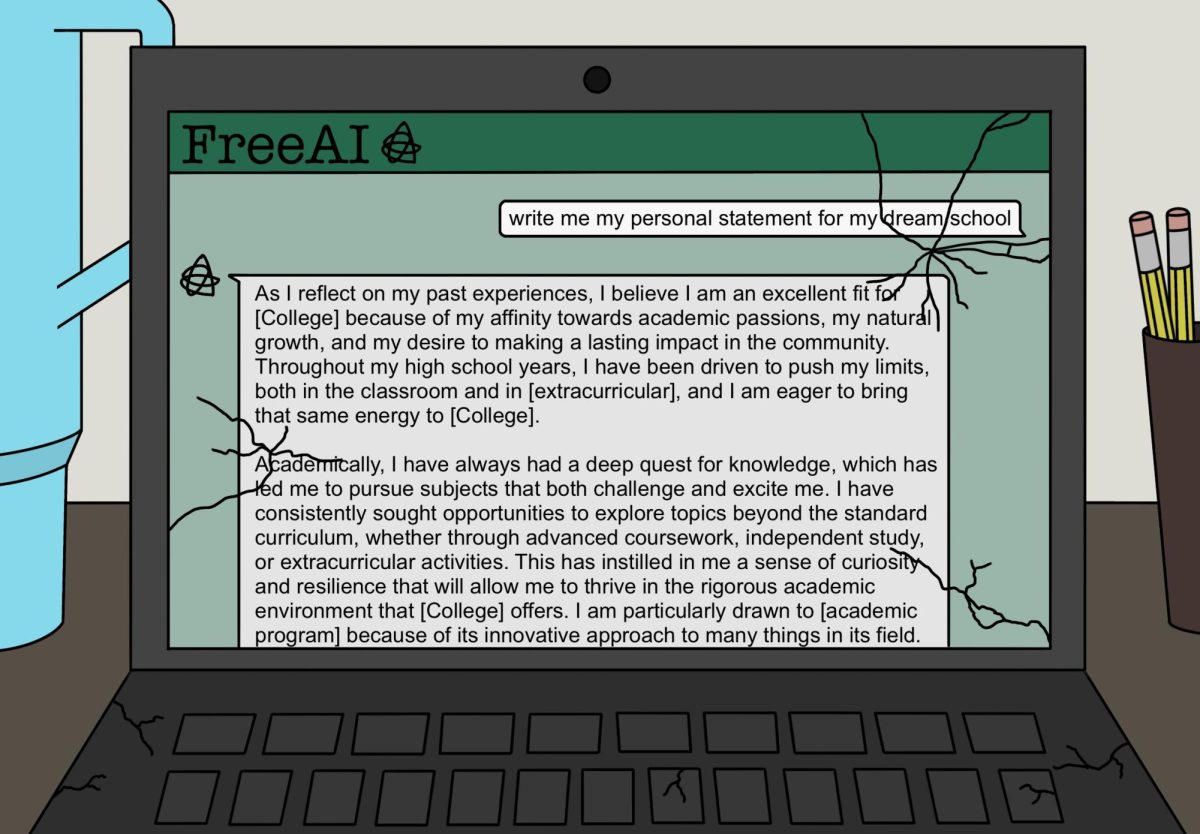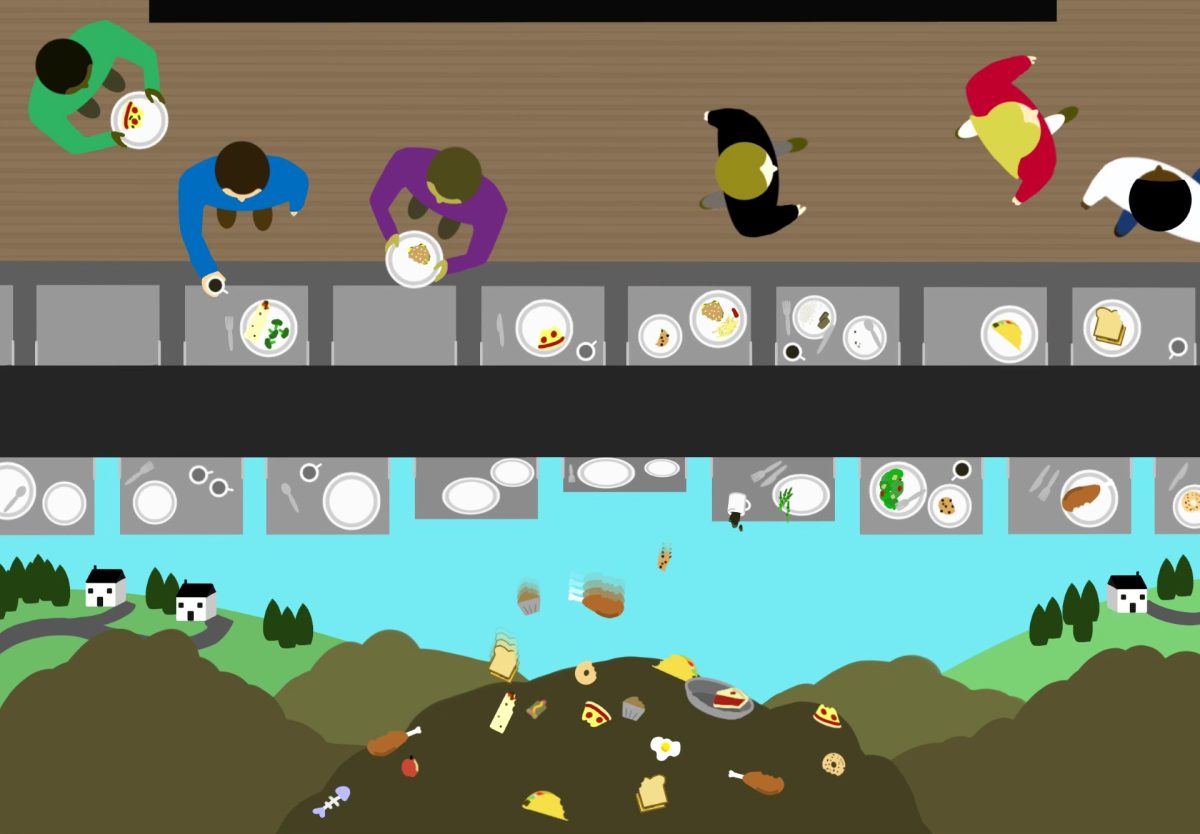
Diversity in higher education seems to be something everybody wants. At Furman, we are surrounded by committees, student organizations, and CLP speakers dedicated to making our school a more diverse place. But what kind of diversity do these organizations mean, exactly? Diversity of viewpoints? Of sexual orientation? Of racial background? The official Furman Diversity Statement takes a stab at pinning down this concept: “the University aspires to create a community of people representing a multiplicity of identities including, but not limited to, gender, race, religion, spiritual belief, sexual orientation, geographic origin, socioeconomic background, ideology, world view, and varied abilities.” That’s a tall order. Can anybody really be expected to look at a large group of people — the many students and potential faculty members who apply to Furman, in this case — and assess how “diverse” they are in terms of the 11 factors listed in the Diversity Statement? The task is Herculean, if not impossible. I say this not to discredit the efforts of the Furman Diversity Council, or other groups that attempt to promote their own ideas of diversity on campus. I merely want to highlight a disconnect between the popular conversation topic of “diversity” and the inherent difficulty of translating that abstract idea into policy.
Imagine that you are a member of the Furman Diversity Council. It is your task to uphold the values expressed in the Diversity Statement, while keeping in mind that its list of demographic factors is not exhaustive. There may be even more aspects of a student’s resume than the 11 quoted in this article that make him or her a contributor to a diverse learning environment. You begin with race because charting out the racial makeup of Furman’s student body and faculty is relatively straightforward. You then move to religious affiliation, which, on paper, is as straightforward as race, but you feel certain misgivings as you classify students according to what church their parents sent them to. Then you find yourself in the maelstrom of ambiguity that is sexual orientation, which poses so many difficulties in terms of classification that you don’t know where to start. In this hypothetical situation, we’ve already encountered innumerable hurdles to making careful decisions about what constitutes a “diverse” community, and we haven’t even gotten halfway through the list of factors that the Furman Diversity Statement says the University considers.
The reason this process is so difficult is that it is inherently reductive. It reduces people to the social demographics that they, on the surface, satisfy. Ironically, we are taught day in and day out that gender, sexuality, and race are not fixed categories and thus should not be a basis for judging other people. But how else can a Diversity Council judge people than on these superficial bases? They don’t have the time to meet all the students and professors who apply to be a part of the Furman community and personally consider their human differences — they don’t even have the time to meet everyone who is already at Furman. This is no discredit to their intelligence or their intentions. It merely goes to show how slippery a concept diversity is once you begin thinking about making a policy based on it.
Unfortunately, most of the talk you will hear about diversity is a far cry from thinking of it in policy terms. In common parlance, “diversity” is a frivolous, empty word, usually uttered in passing and almost never with any substantive thought on the subject. Often, one will hear it thrown in with other terms of praise as a kind of filler: “We have introduced this policy with the objective of promoting intellectual engagement, diversity, and security.” Doesn’t that sort of language sound familiar?
I challenge readers of this article to go beyond routine discussions of diversity and to critically examine what actually constitutes a “diverse” community and why such a community would be worthwhile. The difficulty one inevitably encounters in such an undertaking ought to shed some light on initiatives claiming to promote diversity, at Furman and elsewhere.

